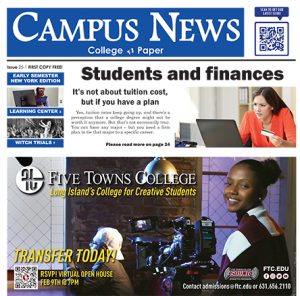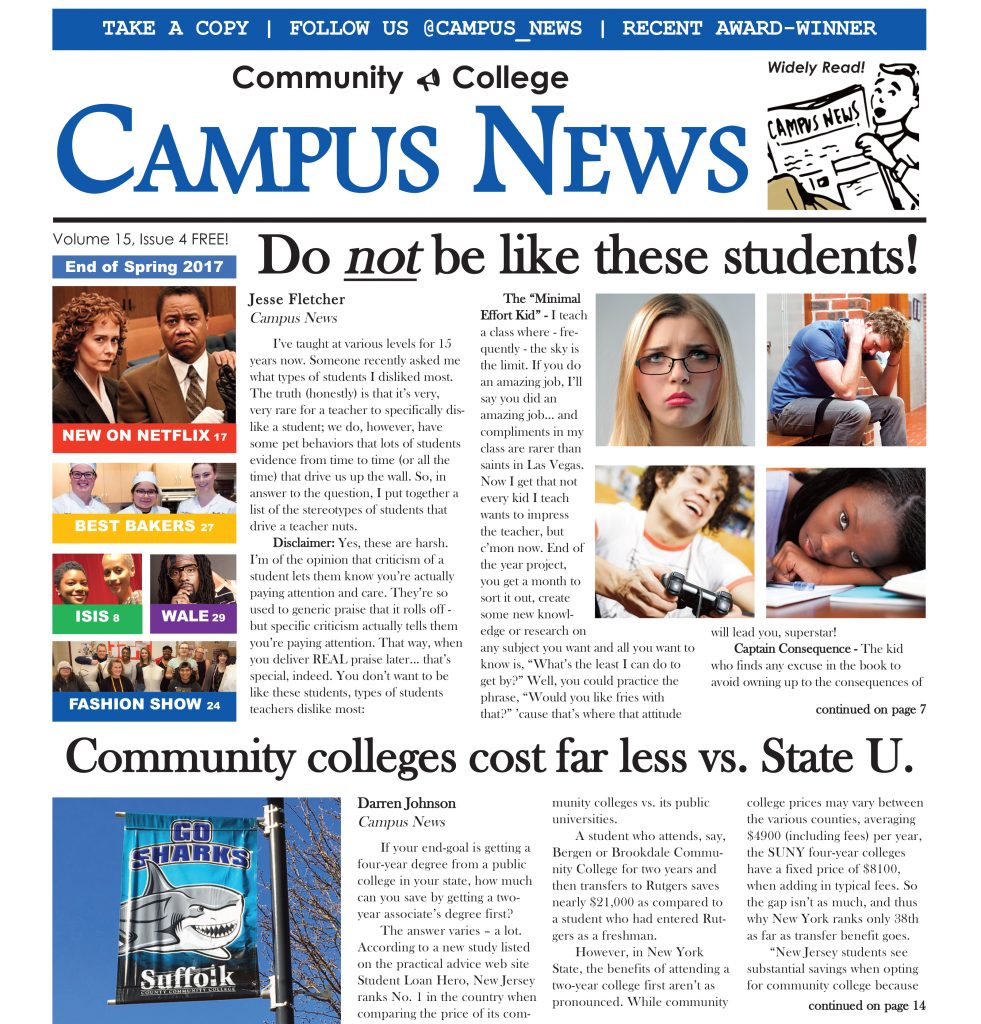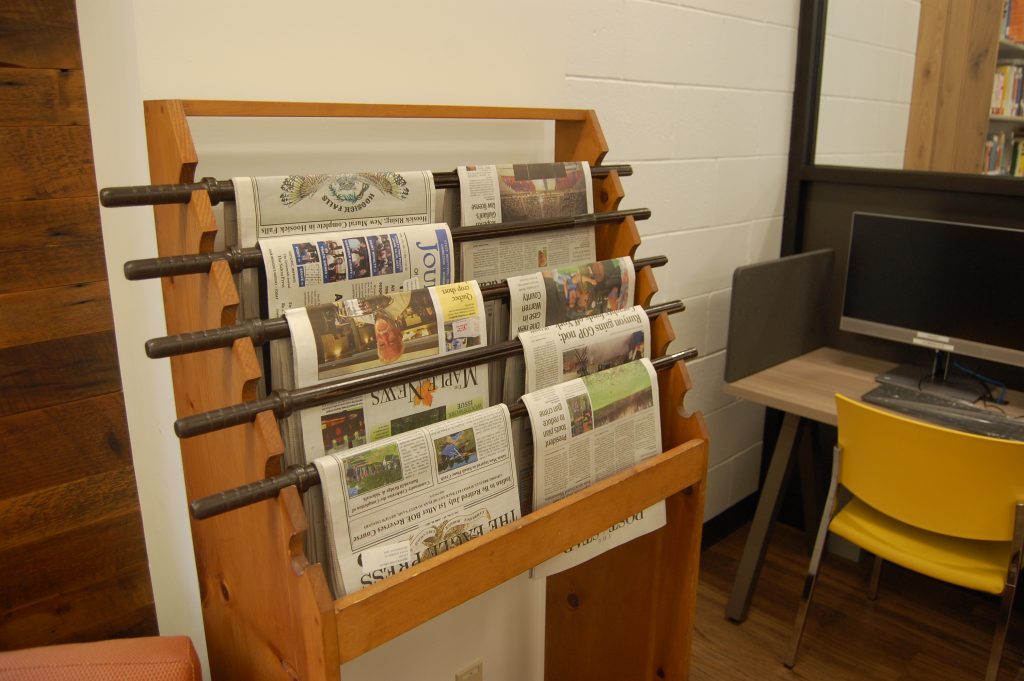By Darren Johnson
Campus News
Ah, the syllabus. The bane of first-day classes. So boring. Not a great ice-breaker. But it doesn’t have to be that way.
If you’re a college student or have ever been one, you know what a syllabus is. It’s the outline the professor has to create, distribute and read to students. Increasingly over the years, administrators have considered it a contract of sorts with students.
I’m not sure if there ever really was a court case, but the thought is, if a student complains, the administration could say, “Hey, if you read the syllabus, you’d see (fill in the blank).”
However, that blank has become more and more things.
Above, see the simple syllabus one of my professors used in the 1980s. It’s just one page. It’s succinct. It’s not a snoozefest. That was a great class. I learned a lot. And when I started teaching in the 1990s, my syllabi were maybe two pages.
But, my, how they have grown. I posted a question in a Facebook group on syllabi, and many reported that theirs were now double-digit pages. Some as high as 16 pages or more. Mine are now around 8-12 depending on the course.

How is this an adjunct issue? Well, we’re just the freelancers of teaching – we’re only paid for classroom time. Having us write long syllabi takes hours, which we’re not compensated for. Also, because we are not really a part of campus decision-making, all of the various disclaimers we now have to add to syllabi come from committees we had no say in. Essentially, these are unfunded mandates.
So what’s the difference between my current syllabus and the example above?
The top of the syllabus is the same – name of course, name of instructor, hours, contact information, etc. But everything else is bloated now.
The course description is not just the paragraph from the college catalog. Also, we’re expected to paste in a more specific description, which comes from a department committee, with lots of bullets with details on methodology and learning outcomes. Assessment culture has permeated departments, perhaps stifling those instructors who use creativity and inspiration to teach.
Then we have to map out every single class for the coming semester. You see my old professor did not do that, but we’re expected to hyper-program the course and stick to it. This comes from years of student complaints that perhaps a course meandered at various points. And administrators take student complaints much more seriously this century. Students are seen as customers today.
It’s hard for an instructor to map out a whole semester before actually meeting the class. Certain classes have certain needs, certain nuances. I may be teaching a Journalism class with a lot of students interested in sports, for example. I may then want to adapt the course to take them into account.
(One instructor in the Facebook group said she writes two syllabi – the bloated one she gives to the administration and then a more realistic one she gives to students. I get it.)
Then, after a long and detailed calendar listing each class, skills covered and each textbook chapter, we have to post various disclaimers written by committees – all of which students can get on the college web site; about Covid, learning centers, Title IX, special accommodations for students with disabilities, statement on diversity – not that I am against any of these things, but I no longer print the syllabus; it’s too big. So it’s on the web anyway. Then we have to specifically say how grading works. Then we have to exactly spell out any specific equipment students might need, for example a portable hard drive, if it’s a film editing class. Everything must be in long, drawn-out writing (even though our culture’s communication has become more succinct and visual in nature).
I wonder if, as college administrations have gotten more bloated, it’s best exemplified in how the syllabus has grown. Also, how tuitions have grown exponentially, as well.
 Darren Johnson runs Campus News, so only had time to teach 16 credit hours as an adjunct instructor this past year (which felt like a lot). Contact him at theadjunct@cccn.us.
Darren Johnson runs Campus News, so only had time to teach 16 credit hours as an adjunct instructor this past year (which felt like a lot). Contact him at theadjunct@cccn.us.







Facebook Comments